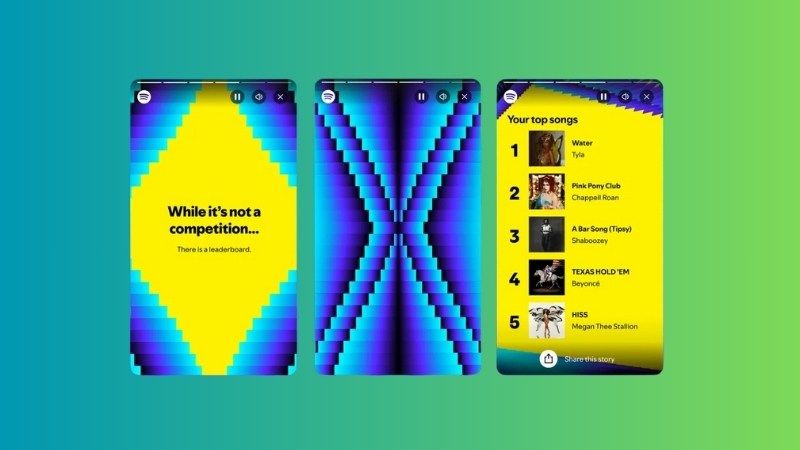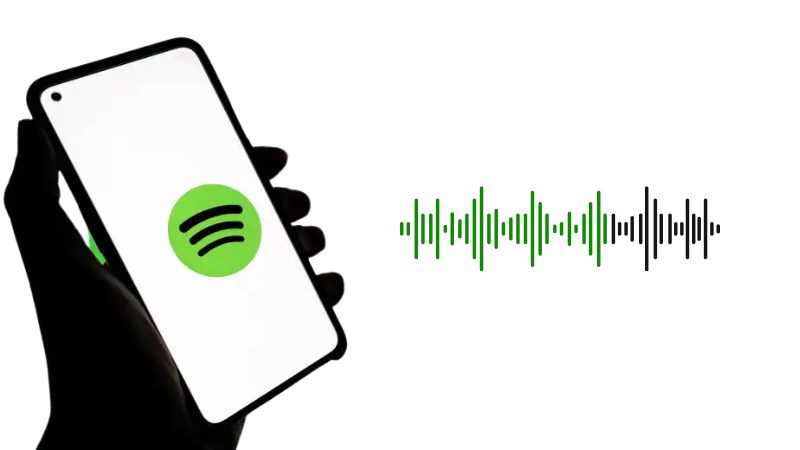
Spotify Wrapped vs. Real-Time Stream Counts: What’s the Difference?

Spotify Wrapped and real-time stream counts are both great ways to see how your music's doing, but they track very different things. One gives you a yearly snapshot of what was most played, while the real-time stream count shows current data, and how well your music is performing. It is in these differences that artists may find better ways to decide on promoting their music and growing. Now, let's dive into their differences!
We, StreamingMafia, are here to answer your question, Spotify Wrapped vs. Real-Time Stream Counts: What’s the Difference? Keep scrolling!
1- What is Spotify Wrapped?
Spotify Wrapped is a yearly feature on Spotify whereby the service showcases the summary of the music the user and artists have listened to in the past year. To the listeners, it highlights the top songs, albums, and artists. To the artists, it is their most streamed tracks, the total streams, and rankings around the globe. This feature allows both users and artists the ability to look back in style on the year that was in terms of music.
Use of Spotify Wrapped
- Personal Music Reflections: This provides a personalized review of the listeners, their favorite songs, and genres.
- Artist Promotion: Artists can share their Wrapped stats on social media to connect with fans and promote their music.
- Discover New Music: Wrapped dares users to go out and discover more genres and artists that they might have missed throughout the year.
Advantages of Spotify Wrapped
- Fun and Interactive: To listeners, Wrapped is a fun way to look back at the music they loved that year, presented in colorful graphics and results that can be shared.
- Artist Recognition: Artists can acknowledge their success and share these moments with their fans based on their Wrapped stats.
- Increased Engagement: Wrapped's shareability increases engagement on different social media platforms, where fans go as far as making posts over their findings and also give artists increased exposure.
Disadvantages of Spotify Wrapped
- Covers just one year: Wrapped only shows the past year. Hence, long-term growth in the artist's journey is not spotted.
- Focus on Popularity: Many times, the most streamed music is on display while smaller artists or niche artists who also have an appreciable following are in the cold.
- Spotify-Exclusive: Wrapped counts only Spotify streams, meaning artists hosting music on other platforms could very well not get a complete insight into their year in performance.
2- What is Real-time Stream Counts?

Real-time stream counts are the live number of how many times a song or album is streamed on Spotify at that moment. This data is continuously updated and allows artists to know the popularity of any song at any given time.
Use of Real-time Stream Counts
- Performance Tracking on the Go: Artists can monitor how their music does right after release.
- Fan Interaction: Fans can follow how their favorite songs are performing, creating excitement.
- Adjust Marketing Efforts: On the other hand, the artists will use real-time data to decide if there is a certain need to push the song harder or change the strategy.
Advantages of Real-time Stream Counts
- Instant Feedback: It provides, within virtually no time, artistic insight into the performance and reception of every song, which may help hasten decisions.
- Encourages Promotion: When artists can see streams grow in real-time, they are incentivized to promote their music.
- Strategical Help: Real-time counts guide artists on how to adjust their marketing or release plans to boost performance.
Disadvantages of Real-time Stream Counts
- Fluctuating Numbers: Sometimes the numbers fluctuate at a very high speed, which may overwhelm or stress the artists.
- Pressure: Constantly checking real-time streams can lead to anxiety over performance.
- Limited Context: Real-time counts focus on short-term trends and might miss long-term success.
3- Explaining Spotify Wrapped vs. Real-Time Stream Counts: What’s the Difference?

Time Frame
Spotify Wrapped reflects your performance for the whole year. You get a snapshot of what your top songs, albums, and artists were from the past 12 months. Real-time stream counts, on the other hand, are exactly what they sound like many streams your music has received at any given moment in real time. This is live data, constantly updated, that's going to let you know how well your song is doing at this very moment.
Purpose
Spotify Wrapped is for celebrating your achievements of the year, summing up your most popular tracks, and giving you this fun overview of your listening habits. Real-time stream counts are more about tracking performance now. Artists can leverage these counts to see how a song is performing on launch day or how listener interest is right at this very moment.
Data Accuracy
Spotify Wrapped is based on full data from the entire year and is, therefore, very accurate and representative of long-term trends. Real-time stream counts, on the other hand, may change quite quickly since users are still listening. While the real-time counts are correct at that particular instant in time, they can shift by quite a lot as more people listen to your music throughout the day.
Audience Engagement
Wrapped lets artists and listeners take a look back at what they've listened to in the year. Real-time stream counts can also allow artists to interact more directly with their audience, especially at releases, by tracking how well new songs or albums are performing right at that moment.
Impact on Strategy Spotify
Wrapped provides insight into the overall development and trends of your music taste, while real-time streaming counts offer immediate insights, showing what's working in current times. Either way, both can allow artists to tune their promotional strategy as a means to effectively enhance their fanbase.
Learn More: Your Complete Guide to Creating a Spotify Podcast in 2025
4- Conclusion
Both Spotify Wrapped and real-time stream counts are excellent sources for insights, but they serve different purposes: Wrapped gives an overview of what was most popular during each year, while real-time counts provide a view of the performance at that very moment. By learning to use both, you will understand exactly how each works to best plan your music strategy.
Hopefully, you go the answer your question, Spotify Wrapped vs. Real-Time Stream Counts: What’s the Difference?

